This buttermilk cheese bread is a yeast bread that needs just one rising period to produce this large and impressive loaf. Enjoy plain or toasted as a side for soup or stew or great as a sandwich bread.
We enjoyed this delicious Buttermilk Cheese bread over the weekend, to accompany a pot of a chilli. It turned out to be the absolute perfect bread for dipping and for toasting, too.
Why you will love this bread
- This bread is a great way to use up buttermilk! Buttermilk is only available here in 1 quart cartons and as it is low-fat, it doesn’t keep long once opened. This bread is a great way to use up your extra.
- You shape the loaf right after mixing and there is only one rise period, so you can be enjoying this loaf a lot quicker than many yeast breads.
- This bread has a great texture, that is firm, but not dense. It cuts beautifully.
- This bread uses just 1 cup shredded cheese, so the cheese flavour is subtle, but present, in a quite lovely way. Using a sharp Cheddar will give you the best cheese flavour.
- This recipe makes one, large and impressive loaf, so it’s great for cutting thick and feeding a bunch of people.
- This bread is excellent both eaten out of hand with butter and toasted.
- As this bread is nice and sturdy, it’s a great dipping bread. It also makes a great sandwich bread, for the same reason.
Ingredients and Substitutions
Yeast – you can use either Active Dry Yeast or Instant yeast for this bread.
Buttermilk – this recipe is best made with regular buttermilk and is, in fact, a great way to use up left-over buttermilk!
Baking powder – yes, really! It’s an unusual addition to a yeast bread, but it’s what is responsible for the need for only one rising period for this bread. It also creates the nice, coarse and tight texture in this bread.
Sharp Cheddar cheese – a nice old Cheddar will give you the best flavour. I used an old white cheddar in my loaf here, so you don’t really see it in the bread, as it blends in. If you use a yellow cheddar, it will be more obvious. See the FAQ below for other cheese options.
Step-by-Step Photos
Here is a walk-through of the steps for making this bread …
Mixing the dough:
Be sure to add the flour in small increments and continue mixing until you have a dough that is soft and moist and that “cleans the bowl”.
Shaping the Loaf:
Add flour to your work surface as needed to avoid sticking. Roll the dough into a rectangle that is about 11-inches wide and about 15 to 16-inches long. Roll up from the short end closest to you. Avoid stretching the dough as your roll. Pinch together the bottom seam, then pinch ends and fold them underneath the roll on each end. Place into a greased 9×5-inch glass or metal loaf pan.
Rising and Baking:
Brush the top of the loaf with melted butter to help keep it moist. To rise, cover your bread with a clean tea towel. Allow to rise until the loaf crests the pan by about 1 inch in the centre of the pan. You can test that it’s ready to bake by poking it with your baby finger. If the dent remains, it’s ready to bake.
Bake in preheated oven, checking loaf at about 25 minutes and covering loosely with aluminum foil, if loaf has browned enough already. Leave the foil on top until and continue baking about 35 minutes total, or until the loaf tests 195-200F internal temperature.
Remove from oven and immediately remove loaf from the baking pan to a cooling rack. Brush the top of the loaf with more melted butter, for a nice soft crust.
FAQ
Can I leave out the cheese? Yes, you can. If you’d like a straight-up buttermilk bread, simply omit the cheese. No other modifications are needed.
Can I use another kind of cheese? Absolutely. Use whatever cheese you have or like. Obviously a grate-able cheese is best.
I don’t have buttermilk. Can I make my own buttermilk to use here? Sure. Simply mix regular milk with either lemon juice or white vinegar and let stand 10 minutes, before using. For this recipe, you’ll need to add 1 Tbsp + 1 tsp of lemon juice or vinegar to 1 1/2 cups regular milk.
Why does the buttermilk need to be at room temperature? Can I use it cold? Starting a yeast dough with a cold liquid isn’t going to help your bread rise quickly :) Starting with room temperature buttermilk, combined with the warm water will give your yeast a nice warm environment to rise in. If you’re in a hurry, give your buttermilk a quick shot in the microwave to take the chill off it.
Storage and Freezing
To store this bread, simply wrap the cut end well with plastic wrap and store on the counter.
Yeast bread will also freeze well, tightly wrapped, for up to 3 months, but I find they are at their best enjoyed within 1 month of freezing.
Want to save this recipe?
Enter your email & I'll send it to your inbox. Plus, get great new recipes from me every week!
By submitting this form, you consent to receive emails from Seasons and Suppers.
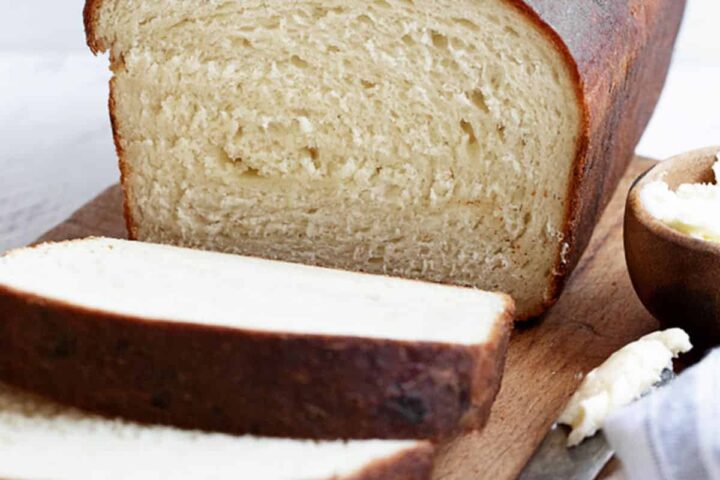
Get the Recipe: Buttermilk Cheese Bread
Ingredients
- 4 1/2 teaspoons active dry yeast
- 3/4 cup warm water, 105-110F.
- 1 1/2 cups buttermilk, at room temperature
- 4 1/2 cups all purpose flour, approximately
- 2 Tablespoons white sugar
- 2 teaspoons baking powder
- 2 teaspoons fine salt
- 1 cup sharp Cheddar cheese, shredded and packed
- 2 Tablespoons butter, melted, for brushing loaf before and after baking
Equipment
- One 9 x 5 inch loaf pan, metal or glass
Instructions
- Grease one 9 x 5-inch loaf pan and set aside. If using a glass loaf pan, be sure to reduce the stated oven temperature by 25° F.
- In a large bowl or the bowl of a stand mixer fitted with a kneading hook, add the warm water and yeast to the bowl and stir to combine. Allow to stand for 5 minutes.
- Add to the bowl with the yeast the buttermilk, 2 1/2 cups of the flour, the white sugar, baking powder and salt. Blend together with a spoon or on low speed in a stand mixer for about 30 seconds. Scrape down the sides of the bowl, then increase speed to medium speed and mix for about 2 minutes (or vigorously stir with a spoon if using bowl).
- Reduce speed to low and add the shredded cheese and a bit more flour. Mix to combine. Begin adding more flour, in small increments, mixing between additions, until you have a moist and smooth dough that cleans the side of the bowl.
- Remove the dough to a floured work surface and knead briefly. For into a ball, then, adding additional flour as needed to prevent sticking, roll the dough into a rectangle that is about 11-inch wide and about 15-16 inches long. Starting from the short side, roll the dough up jelly-roll style, pressing/pinching each end to seal the roll. Fold about 1-inch of each end of the roll underneath the roll. (your roll should now be about 9-inches long). Place roll into your greased 9x5-inch loaf pan.
- Brush top of loaf with some melted butter, then cover with a clean tea towel to rise. Allow loaf to rise until the loaf crests the pan by about 1-inch in the centre of the pan, approximately 90 minutes (depending on how warm your kitchen is. I like to set mine on top of my pre-heating oven for a bit of extra warmth).
- Move oven rack to the lower-third position in your oven. Preheat oven to 425° F (reduce 25° F. for glass pans).
- When loaf has risen, you can test if it is ready to bake by poking your baby finger into the corner of the loaf. If the indentation remains, it's ready to bake.
- Bake in preheated oven for about 35-40 minutes, checking the loaf at about 25 minutes and loosely covering the top with a sheet of aluminum foil to prevent the top of the loaf from over-browning. Bake loaf until the internal temperature reaches between 195-200° F. If you don't have a thermometer, remove the loaf from the oven, then from the pan and tap on the bottom of the loaf. It should sound hollow. If not, return to the pan and to the oven and bake a little longer.
- Once baked, immediately remove the loaf from the pan and place onto a cooling rack. Brush the top of the loaf with more melted butter, for a lovely glow and softer crust.
Notes
More Yeast Bread Recipes to Love!
Hi! I’m Jennifer, a home cook schooled by trial and error and almost 40 years of getting dinner on the table! I love to share my favourite recipes, both old and new, together with lots of tips and tricks to hopefully help make your home cooking enjoyable, stress free, rewarding and of course, delicious!


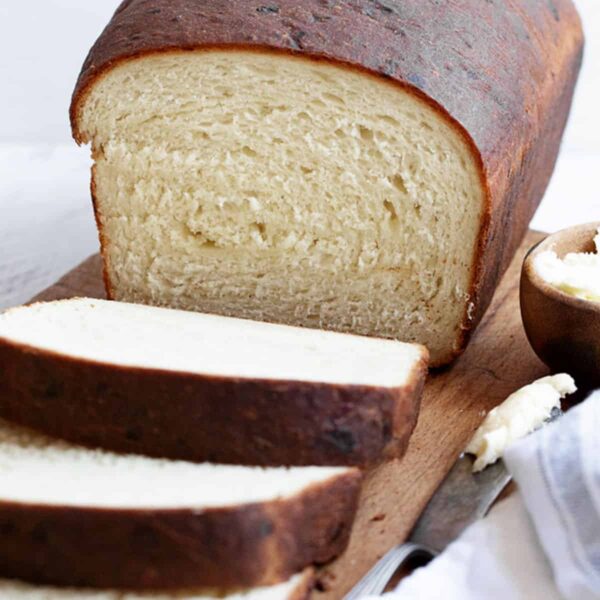
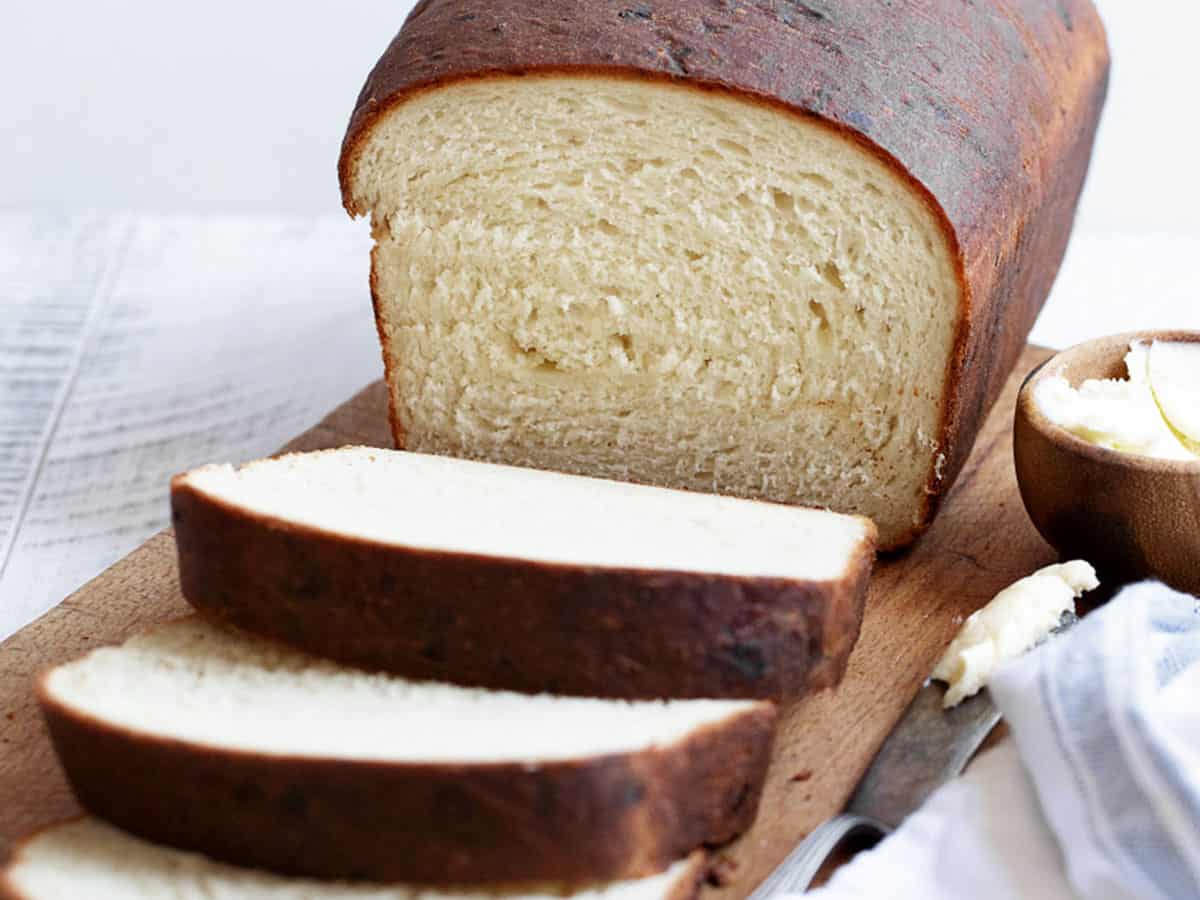
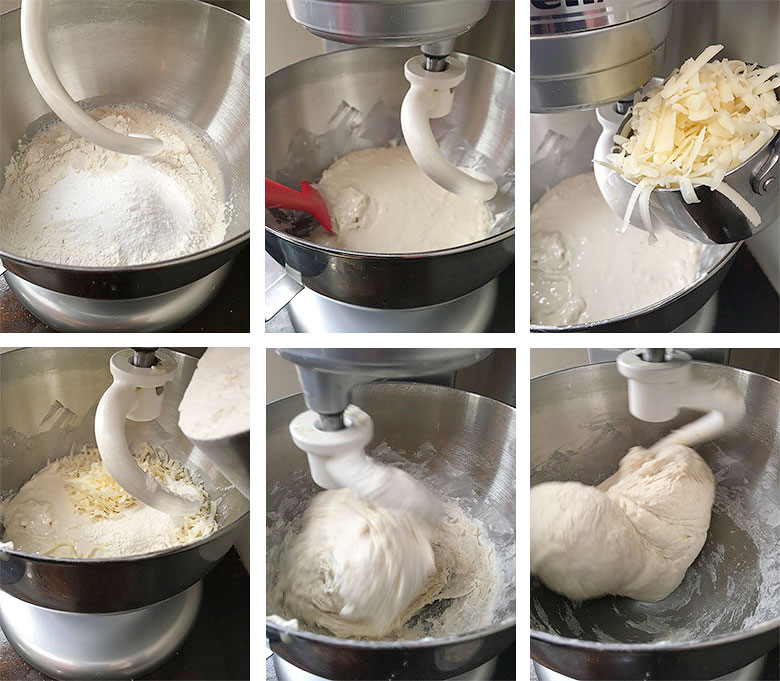

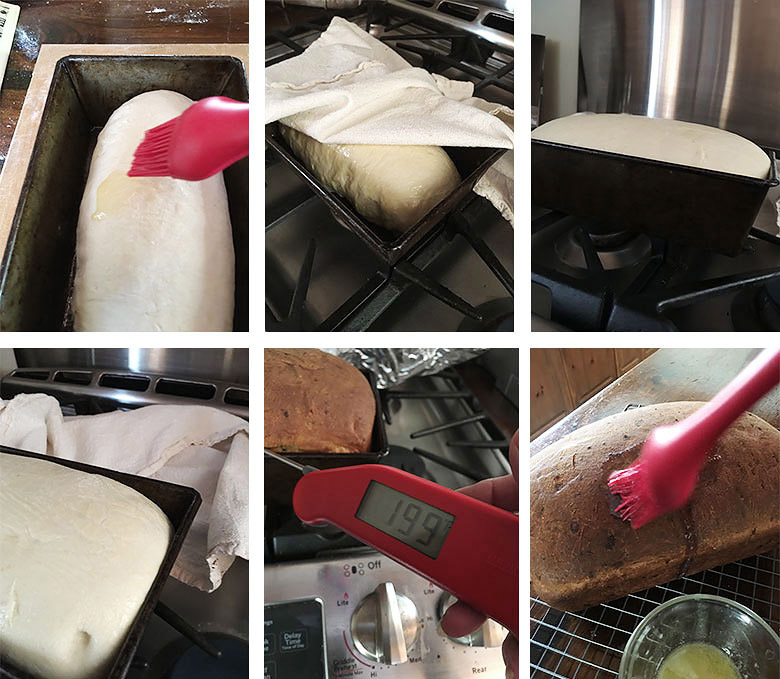
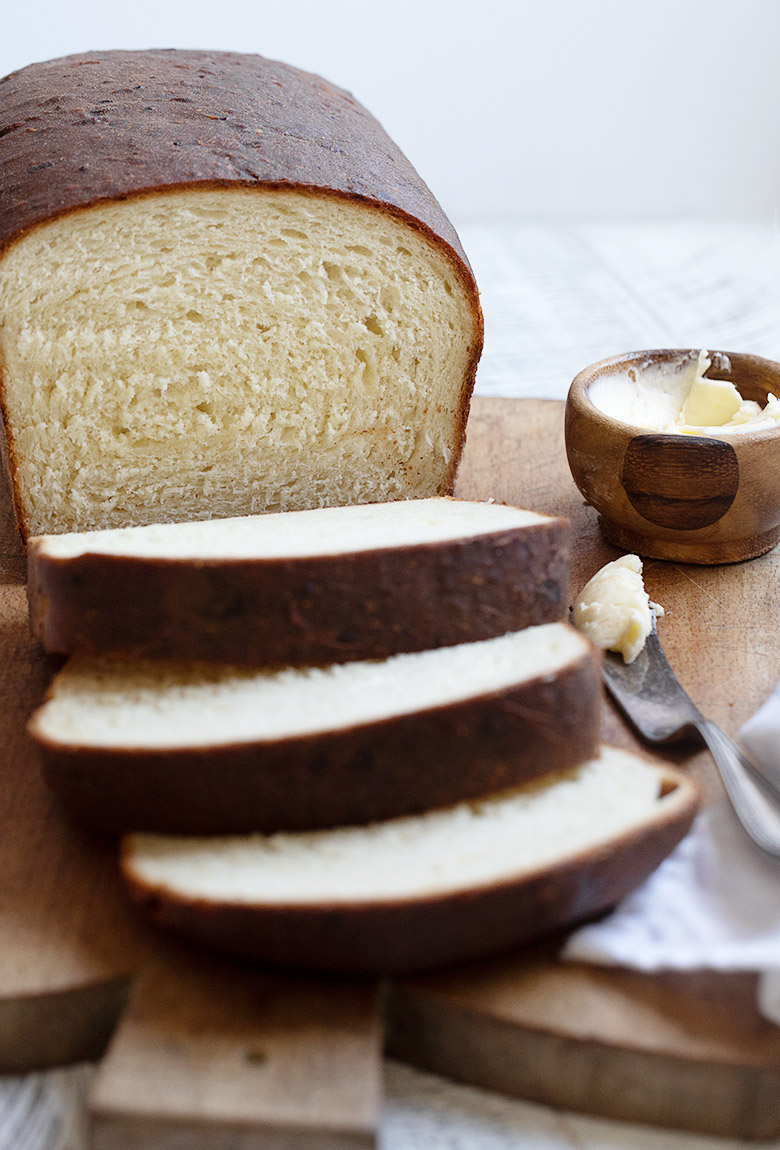
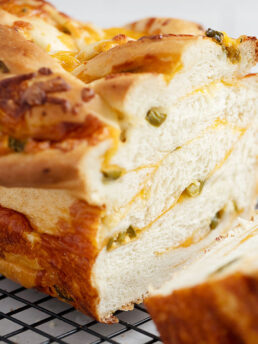
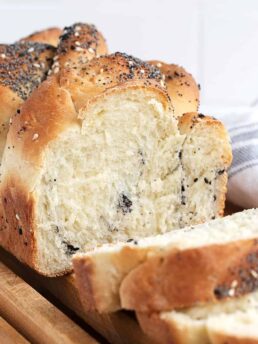
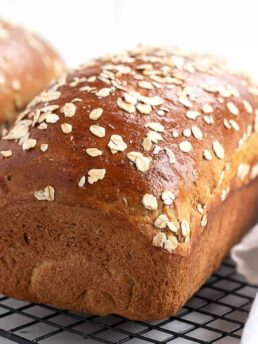
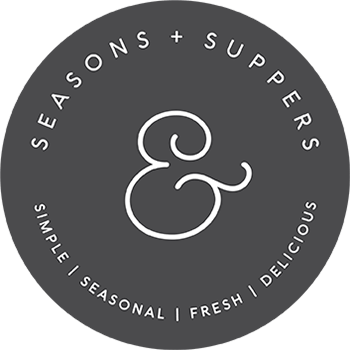
This was ridiculously good. I thought I used too much flour and over-proofed it, but it came out fantastic.
Changes: I used 4 tsp. instant yeast. I mixed everything but flour and cheese together and then followed the instructions as written. I did have to bake for 45 minutes.
Glad to hear, Katie :) Thanks so much!
I wasn’t impressed with this recipe. First, it took about two cups more flour in my mixer before it came together. Then after 60 minutes it had overproofed and I had to punch it down and try again. Then when baking, even with covering it with foil, the crust was too dark. This is the first recipe of yours I didn’t like!
Hi Jennifer…this loaf is calling my name!! Looks so splendid! Question, can I use instant yeast instead of dry active yeast? Thanks..
Hi Lola and yes, Instant yeast should work fine here. Best if it’s regular Instant Yeast (such as SAF), but I suspect even quick/rapid-rise instant yeast would work here as it’s just a one-rise bread (haven’t tested though). Enjoy! It’s a nice loaf :)
Will this work in a bread machine?
I honestly don’t know Judi. I have never used a bread machine, so I don’t have any experience in that department. It’s a single-rise bread, so I’m thinking you could use the dough function to mix the dough, then remove and bake, for sure. It’s a large loaf though, so make sure your machine is big enough to handle it. If you try it, let me know how it works.
Hello Jennifer: Thank you for the awesome recipe. I made it on the weekend. Mine turned out just as pictured and it was just as good they day after. This will be in my bookmarks. Rina
I’m so glad! Isn’t it a grand loaf? It will be in regular rotation here, as well. Thanks so much :)
What a gorgeous loaf of bread! I’ve never tried buttermilk bread but I really want to now. You are an accomplished bread maker Jennifer and I know I would enjoy this very much. We have chili in the slow cooker now!
Thanks Tricia! Buttermilk is a great way to use up buttermilk and then, of course, you can freeze the bread, too.
Looks like such a fluffy loaf Jennifer. Can’t beat a fresh baked loaf of bread. Love the way it makes my kitchen smell. Pinned!
Thanks Mary Ann! I never tire of the smell of fresh bread :)
This is amazing! Is there anything better than homemade bread, warm from the oven?
Thanks so much, Annie :)
I could never leave out the cheese, lol! Cheese obsessed over here, I tells ya ;) Homemade bread is the best and this loaf looks sooooo good! I’d hardly be able to wait for it to cool before I’d be smearing with butter!
Thanks Dawn and yes, the waiting for it to cool is always the hardest part :)